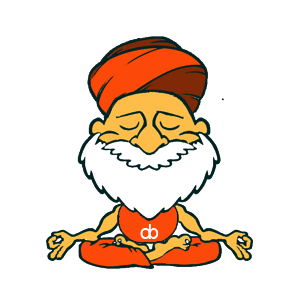404!

In this moment of serendipity, let us ponder the wisdom of Obvious Baba:
Ah, dear wanderer, the path you seek appears to be veiled in mystery. Obvious Baba
reminds you that, much like life itself,
the digital realm too holds unexpected
twists and turns. Take a deep breath, and let your inner compass guide you back to the
known shores.
Now, gently close your eyes, count to three, and click the button below to retrace your steps.
May clarity and wisdom accompany you on your digital pilgrimage."



